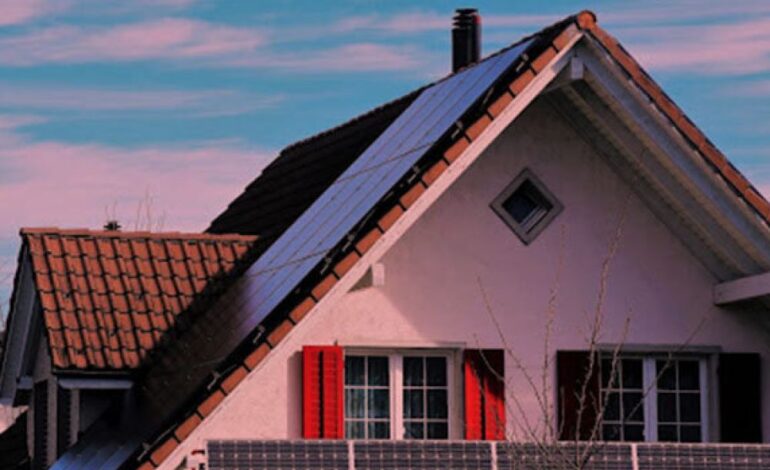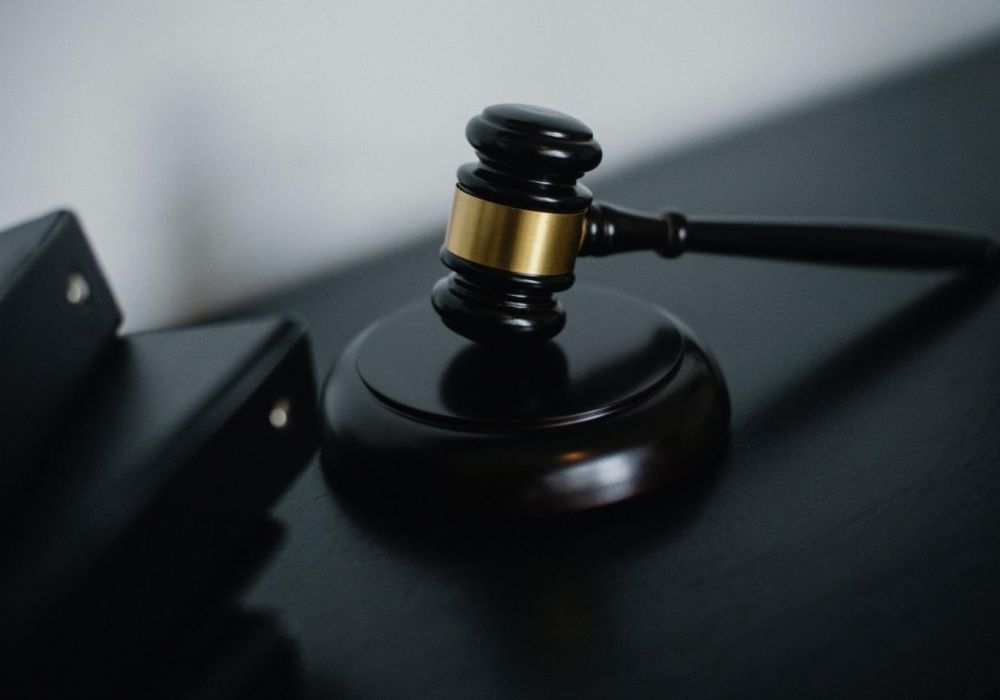What Is the Best Solar Panel Direction for Maximum Energy?

About 4% of US households have solar panels. You want to join in on the craze and reduce your carbon footprint, but you don’t think they’re an option for you due to the location and dimensions of your roof.
While it’s true that using the best solar panel direction and angle will allow you to make the most out of a system, you can still have panels regardless.
If you have room in your budget, you can use solar panel trackers or install an array. Depending on how off the direction and angle are, you might be able to just install panels anyway without spending the extra money. Check out this guide to learn more.
Why Does Placement Matter?
Solar panels need optimum sunlight exposure to create electricity. They can absorb the light that bounces off objects, but for the most part, they take what they need directly from the sun.
They can’t do that if they aren’t facing the right way. They should sit perpendicular to the sun. This direction is a little different for every homeowner.
Best Solar Panel Direction
The best solar panel direction depends on what hemisphere you live in. If you’re to the north of the equator, you want your panels to point toward the south.
The opposite is true if you live to the south of the equator. You’ll want to point your solar panels toward the north instead.
This is because the sun points its rays right over the equator. This setup will allow your panels to absorb the most light.
Of course, you may want to change up your strategy if your power company uses Time of Use billing. You’ll get charged a higher rate depending on when you use your electricity.
In this instance, if you live north of the equator, point your panels southwest. This will allow them to absorb plenty of power from the setting sun, which means you’ll use less electricity during peak hours.
On the flip side, your panels will be less effective during the mid-parts of the day.
Solar Panel Angle
Direction isn’t the only thing that matters when it comes to solar panel installation.
For your panels to absorb the most sunlight, they need to be angled as close to the sun as possible. There are a lot of factors that will determine what this means for you.
Latitude
You want the sun to hit your panels at a perpendicular angle. This will happen naturally if the angle of your panels matches your latitude.
For example, if your home is at a 35-degree latitude, your panels should do the same.
Of course, finding your latitude can be a bit complicated. If you live in the US, the general rule of thumb is to set your panels at a 30 or 45-degree angle.
Since the angle can be altered during installation, it’s also important to hire a reputable solar company. Learn here about one such company.
Roof Design
Some roof designs won’t let you angle your panels the right way. If you have a particularly steep roof, that could cause your panels to sit too high.
Again the best way to combat this problem is to hire a good solar panel installation company. They can use a raking system to prop your panels up, though sometimes that isn’t even enough.
You may have to cut your losses and accept that your panels won’t be able to work at optimum efficiency. As long as they’re at least facing in the right direction, you won’t notice too much of a difference.
Time of the Year
If your area experiences a lot of snow, you’re going to see a dip in your solar panel’s efficiency regardless of how they’re pointed. They can’t absorb the sun’s rays if they’re obstructed by winter weather.
Don’t make your problem worse by not adjusting your panels. They need to sit about 15 degrees higher than they would normally.
Does Direction or Angle Matter More?
Again, if your panels sit at the wrong angle, you’ll notice a dip in efficiency, but it won’t be too damaging. If they’re facing the wrong direction, however, that’s different.
If you live in the northern hemisphere, you should always point your panels to the south, even if it would mean installing them at an awkward angle.
What Do You Do If Your Roof Doesn’t Face the Right Way?
If the slope of your roof doesn’t face the right direction, it’s an inconvenience but it doesn’t mean you can’t install solar panels.
You can always put in extra panels. If that doesn’t work, consider using a solar tracker or array.
Install Panels Regardless
If your roof doesn’t face toward the sun, your panels won’t have a lot of light to absorb. That’s when you install more panels. The extras will be able to pick up the slack somewhat.
The beauty of this is that the panels themselves are only a small part of your installation bill. Putting in more will make the price go up, but not by much.
Use Solar Panel Trackers
If money is no object, you can install a solar tracking system. They’ll point your panels in the direction they need to be in to absorb the most of the sun’s rays, no matter the season or time of day.
Install a Solar Array
Solar panels don’t have to go on your roof. You can put them on the ground. Not only will you be able to point them in the right direction, but solar arrays are also easier to maintain. You won’t have to climb great heights to clean them.
Keep in mind that ground systems are more expensive than roof ones. They also take up a ton of space.
Make the Most Out of Your Solar Panels
When it comes to installing a solar system, direction and angle are two things that matter most. If your panels aren’t pointing in the right direction, they won’t absorb enough of the sun’s rays to work efficiently.
We hope that you’re able to use this guide to find the best solar panel direction for your system.
For more solar panel tips and tricks, explore the rest of our blog.










